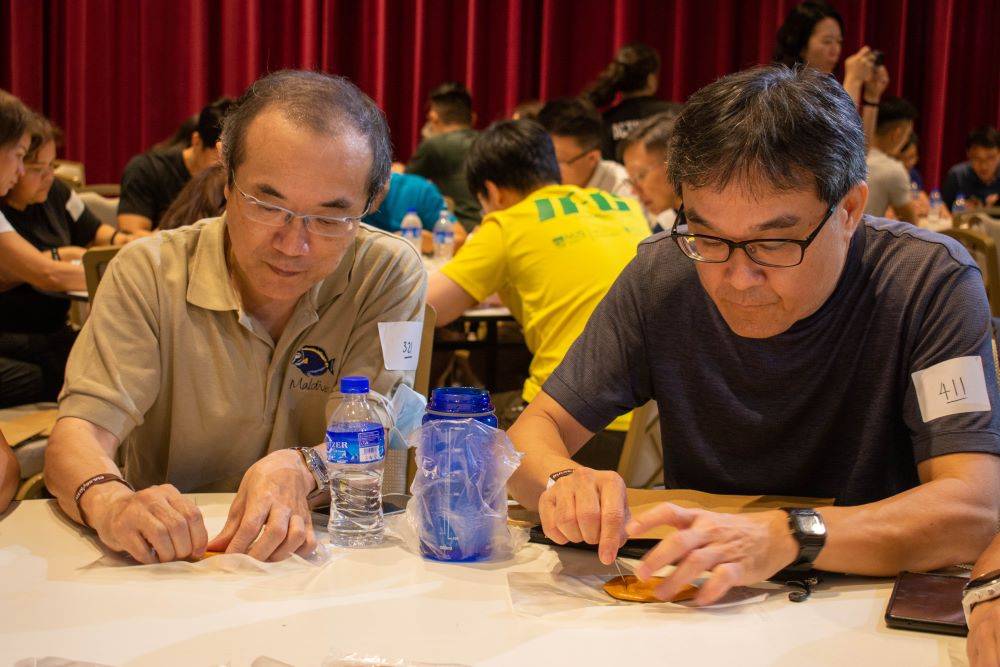Event Feedback Loops: Using Employee Input to Improve Future Events
In the realm of corporate events, feedback loops are crucial for refining and optimizing future gatherings. Employee input provides invaluable insights into what worked, what didn’t, and what can be improved. This article delves into the importance of gathering feedback from employees about corporate events and offers methods for collecting and utilizing this feedback to enhance future events.
The Importance of Gathering Feedback
1.Understanding Employee Preferences
Employees are the primary participants in corporate events, making their preferences and experiences central to the event’s success. Gathering feedback helps identify what aspects of the event resonated with the audience and which elements fell short. This understanding enables organizers to tailor future events to better align with employee expectations and interests.
2.Identifying Areas for Improvement
No event is flawless, and employee feedback is instrumental in pinpointing areas that need improvement. Whether it’s issues with logistics, content relevance, or engagement levels, feedback provides specific insights that can guide adjustments and enhancements for future events.
3.Enhancing Employee Satisfaction and Engagement
When employees see that their feedback leads to tangible improvements, it fosters a sense of involvement and appreciation. This increased engagement can boost morale and contribute to a more positive organizational culture, as employees feel their opinions are valued and acted upon.
Methods for Collecting Feedback
1.Post-Event Surveys
Online Surveys: One of the most common and efficient methods for collecting feedback is through online surveys. Tools like Google Forms, SurveyMonkey, or Typeform allow for easy distribution and collection of responses. Surveys can include a mix of quantitative questions (e.g., rating scales) and qualitative questions (e.g., open-ended responses) to gather a comprehensive view of employee experiences.
Feedback Forms: Providing paper feedback forms at the event can capture immediate reactions from participants. These forms can be placed at strategic locations, such as registration desks or dining areas, to encourage completion.
2.Focus Groups
Organized Discussions: Focus groups offer a deeper dive into employee opinions. By assembling small groups of employees for structured discussions, organizers can explore detailed feedback and understand the nuances of their experiences. This method is particularly useful for gathering qualitative data and exploring specific themes or concerns.
3.One-on-One Interviews
Personalized Conversations: Conducting one-on-one interviews with selected employees can provide in-depth insights. This approach allows for a more personalized exchange and can uncover detailed feedback that might not emerge in surveys or focus groups. Interviews can be conducted in person or virtually, depending on convenience.
4.Real-Time Feedback Tools
Mobile Apps: Some events utilize mobile apps that feature feedback mechanisms allowing participants to provide real-time comments and ratings. This immediate feedback can be useful for addressing issues as they arise and making on-the-fly adjustments.
5.Anonymous Feedback Channels
Confidential Input: Ensuring that employees can provide feedback anonymously may encourage more honest and open responses. Anonymous feedback can be collected through online forms or suggestion boxes, helping to avoid any apprehensions about potential repercussions.
Utilizing Feedback to Enhance Future Events
1.Analyzing Feedback Data
Data Review: Once feedback is collected, it’s essential to analyze the data systematically. Look for patterns and trends in responses to identify common themes and key areas for improvement. Quantitative data can be aggregated to provide an overview of general sentiments, while qualitative feedback can be categorized to address specific issues.
2.Implementing Changes
Action Plans: Use the insights gained from feedback to develop actionable plans for future events. Prioritize changes based on their potential impact and feasibility. For instance, if feedback highlights issues with event logistics, adjustments to scheduling, venue selection, or transportation might be necessary.
3.Communicating Changes
Transparency: Share with employees the actions taken based on their feedback. Communicating the changes not only demonstrates that their input is valued but also reinforces a culture of continuous improvement. This transparency helps build trust and encourages future participation in feedback processes.
4.Monitoring Impact
Continuous Improvement: After implementing changes, monitor the impact on subsequent events. Continue to gather feedback to assess whether the adjustments have achieved the desired outcomes. This iterative process ensures ongoing refinement and enhancement of corporate events.
Conclusion
Incorporating employee feedback into the planning and execution of corporate events is essential for creating successful and engaging experiences. By employing various methods to gather and analyze feedback, and by using this information to drive improvements, organizations can enhance future events, boost employee satisfaction, and foster a more dynamic and responsive corporate culture. Embracing feedback loops not only improves events but also demonstrates a commitment to valuing and responding to employee input, leading to more impactful and meaningful corporate gatherings.
To head back to read another article in our blog, click here.

